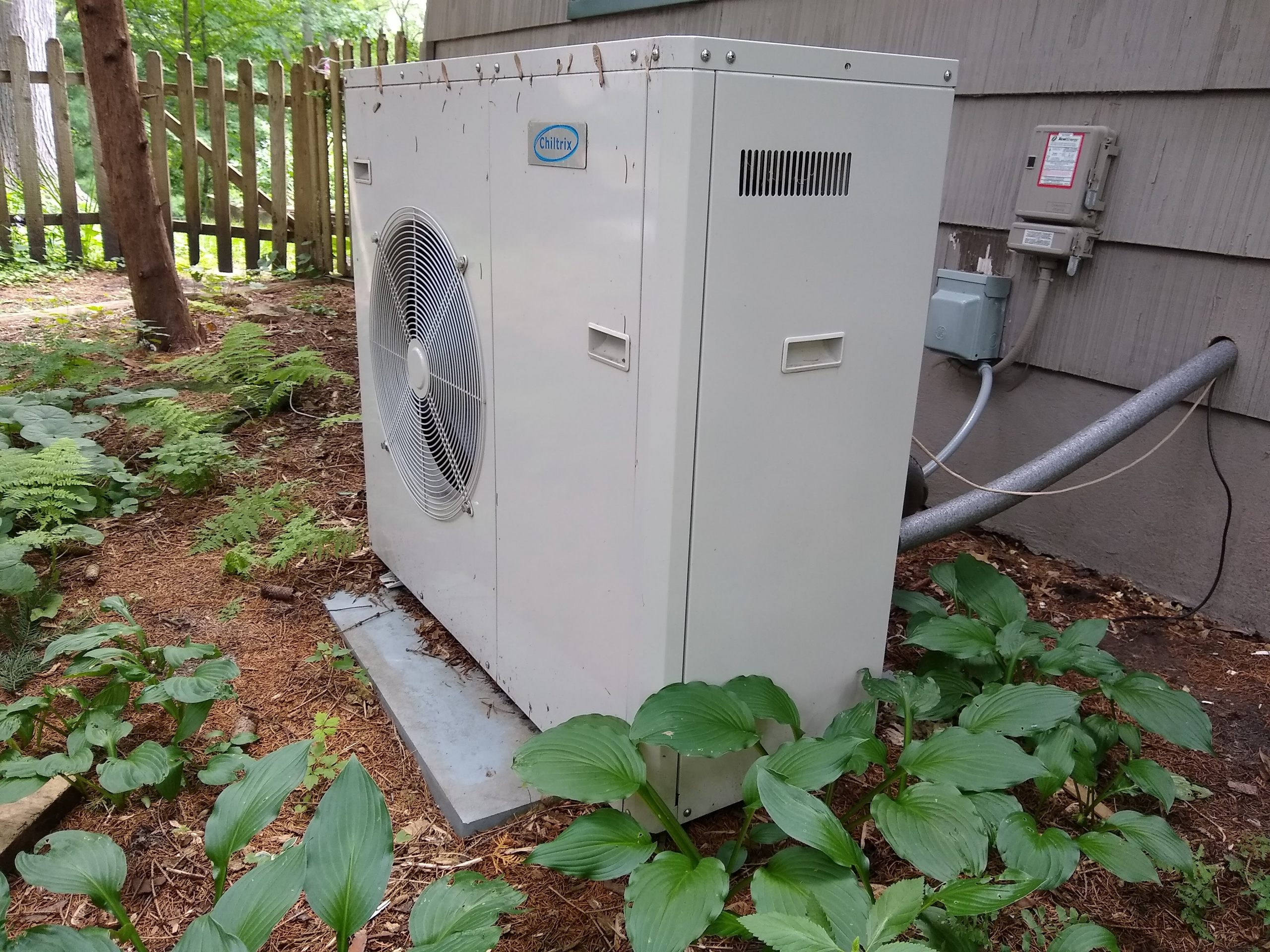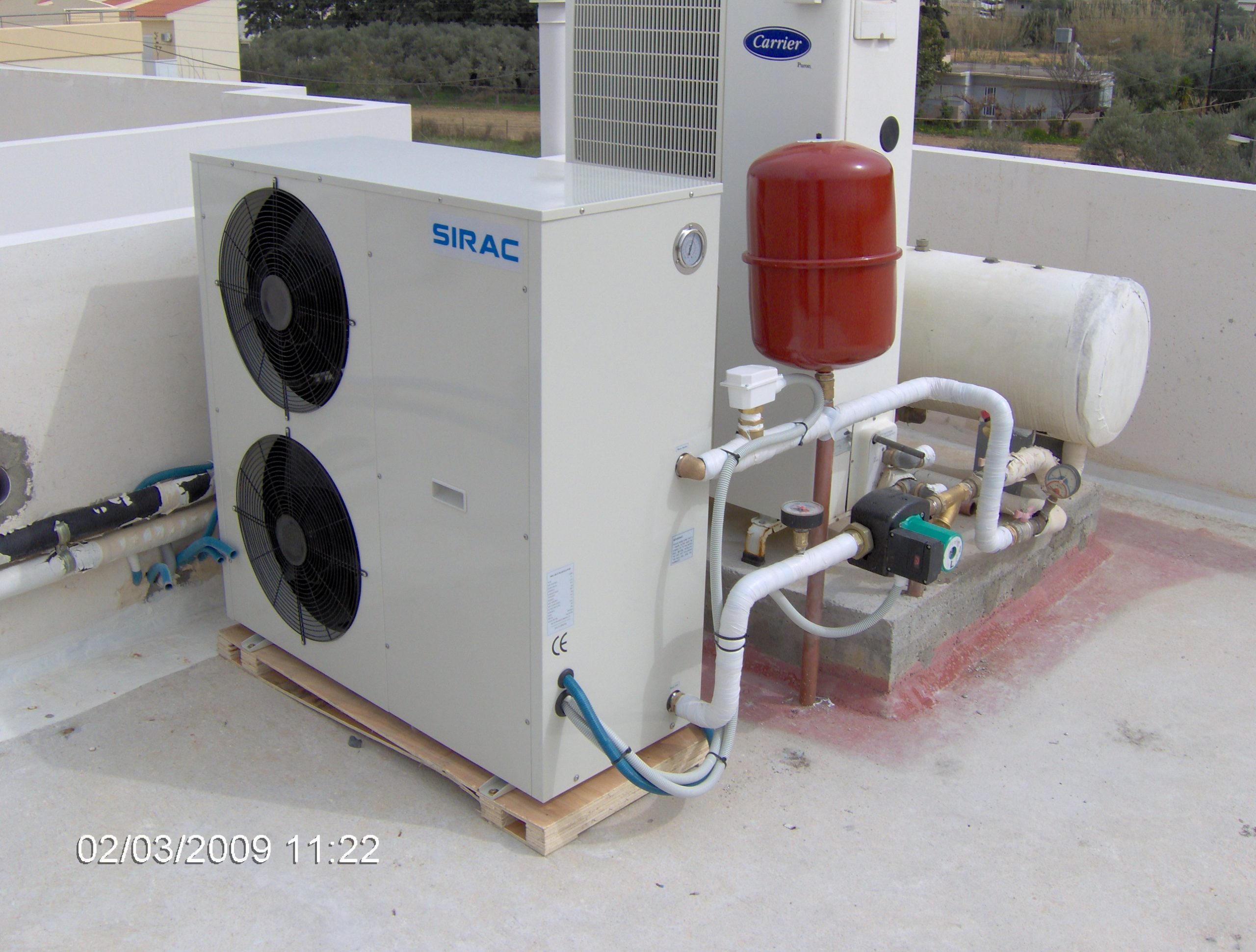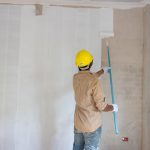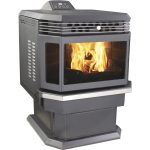Everything That A Person Must Know Regarding The Installation Cost Of Hand Pump
The first question one should ask in regards to installing an air source heat pump is “How much does a new air source heat pump cost?”. The average price of an ASHP will vary depending on the size of your home, how many rooms you have, and whether or not you’re replacing another system. As with any major replacement project, there are several factors that can impact the total cost. For example, if you replace a forced-air furnace with an ASHP, you’ll need to pay for ductwork to run the unit throughout the house. If you use natural gas instead of electricity, you may also be required by local utility companies to buy separate gas piping and meters outside the main home. Depending on your location and the type of heating system you currently have, these additional costs could easily add up to more than $10,000. Another important factor is whether you want to use the new unit to heat only some of your home’s interior spaces (e.g., your basement) or all of them. If you choose to heat just part of your home, you’ll need to consider the difference between what the heat pump can supply and what’s needed at different times throughout the year. For example, if you live in northern climates where winter temperatures regularly dip below freezing, you’d probably benefit from using both the heat pump and your existing furnace during the coldest months. However, if you decide to keep your current heating system in place and just switch out the heating system during the summer months, you’ll save money without sacrificing comfort.
Another important consideration when determining the right system for your home is the amount of space you have available for running wiring and pipes. A small space may require the purchase of larger equipment to accommodate the necessary piping and electrical wiring. In other words, don’t expect to be able to fit everything into a 10×10 room!

Lastly, before you make a decision about which system to buy, make sure you’ve done your homework. Take a look at the features, performance, and warranty offered by each manufacturer. You might find that one company has a slightly better product at a lower price, but its competitors offer superior warranties and/or service centers closer to your home. Also, make sure that the system you purchase includes all the parts you need to complete the job properly, including a drain pan, air filter, dehumidifier, humidistat, fan motor, thermostat, and blower. Be cautious of systems that include extra parts you won’t need.
The õhk vesi soojuspumba paigaldus is an easy step. A person should do the complete research and then plan to go for the best option. The main motive of the people is to have a high class facility. A person can plan on achieving the goals with good results. A person can plan to have the high amount of the profits and get good results.
Once you’ve decided upon a specific model, the next step is to determine if you’ll be doing the work yourself or hiring a professional contractor to install it. If you do plan to hire someone, make sure you get bids from several contractors so you can compare their prices.
If you decide to install your own system, you’ll need to gather the following items:
– Parts list
– Tools
– Electrical diagram
– Plumbing diagrams
– Drafting paper
– A copy of your current HVAC system’s service manual
– An estimate of the job
– The names and numbers of two reputable contractors who specialize in this type of work
Before you start looking for contractors, take inventory of the tools you already own. Some common items you’ll need include:
– Tape measure
– Level
– Pencil
– Hammer
– Screwdrivers
– Wrench set
– Pliers
– Safety glasses
– Gloves
– Dust mask
– Work gloves
– Protective clothing
Once you’ve gathered the necessary materials, it’s time to start assembling your team. First, draw up a schedule of the day’s activities. Next, find out what days and hours are convenient for the contractors you plan to hire. Finally, look for contractors whose rates are reasonable, who have good references, and who are willing to go above and beyond to help you achieve your goals.

Now that you know what you need to accomplish and whom you’ll need to contact, it’s time to put together a budget. The most accurate way to do this is to create a spreadsheet listing each item you plan to buy and its approximate cost. Then, add in labor costs based on the number of workers needed (including yourself), fuel costs, and overhead expenses such as insurance and taxes. Once you have all the information, calculate your total dollar figure and subtract it from the estimated final cost of the job. This should give you an idea of what you can afford to spend. If you still have leftover funds after purchasing all the parts and completing the project, feel free to use those resources toward improvements around your home. But remember, the best investments are those made well before you even think about making repairs.
After carefully considering all of your options, you’re ready to contact contractors. Before you begin negotiating contracts, make sure you understand the terms of each agreement. For example, read all the fine print associated with any written contract. Ask questions about payment arrangements, deadlines, and scope of work. When meeting with potential workers, make sure they’re fully versed in your plans. It doesn’t hurt to ask if they’re familiar with similar jobs they’ve completed in the past. And never hesitate to walk away from a bad choice. Sometimes, you simply can’t trust contractors to deliver a quality result.
Once you’ve found the perfect crew, it’s time to get started. Start by measuring the area you want to cover with insulation. Make sure you account for all the space underneath windows, doors, and baseboards, as well as the space behind walls and ceilings. Next, mark off the floor areas where you’ll need to cut holes for pipes and outlets. Remember, you’ll also need to leave enough room for the air conditioner and furnace to pass through. If possible, try to locate the hole for the furnace in a closet or under a staircase. If you’re working alone, you can avoid cutting holes by removing the wallboard, ceiling tiles, and drywall.
With everything mapped out, it’s now time to lay down the pipes and ductwork. Start by drilling holes in the floors and walls where you plan to route the pipes. Next, cut the ducts to length and tape them to the walls and floors. Use tape to secure the pipes to the ducts. Then, connect the incoming and outgoing air vents to the appropriate openings in the ductwork. After this is all done, remove the ducts and pipes.
Next, prepare the surfaces you’re going to paint. Sand the wood to smooth out any rough spots. If you plan to apply a primer coat, wait until the surface dries completely before applying the paint. Otherwise, apply the primer directly to the wall. Allow the primer to dry thoroughly before moving on to painting. To finish the job, prime and paint the metal and plastic components.
When everything is finished, test the entire system to ensure everything works correctly. Run the blower to ensure proper airflow throughout the home. Check the temperature and humidity level inside every room. Inspect the seals around the windows and doorways, along with the insulation around pipes and appliances. Once you’ve confirmed that everything is operating properly, turn on the system and enjoy your newly upgraded home.



